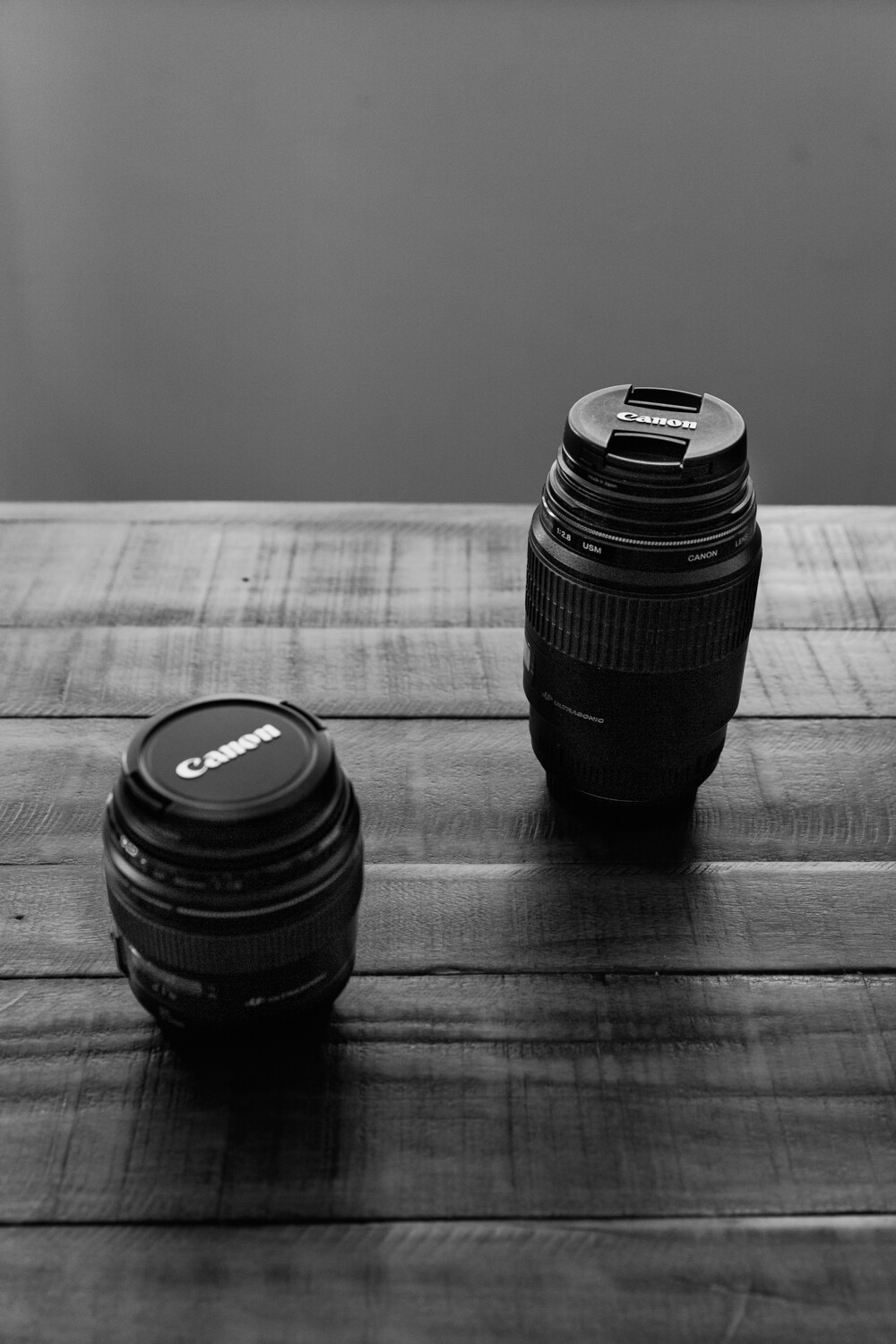The post Your Guide to Photography User Agreements appeared first on Digital Photography School. It was authored by Darina Kopcok.
Copyright and image usage can be a complex and confusing arena even for experienced photographers.
When you shoot for a client, you not only need a contract outlining the deliverables, but you also need a user or licensing agreement. You also need a user agreement if a brand or organization comes across one of your images on the Internet and wants to use it in some way.

So what exactly is a user agreement and why do you need one?
A user agreement is a type of contract in which you as the photographer grant specific usage rights to a client or collaborator. They may only use the image within the bounds of this agreement.
Under most copyright laws, photography is as protected as any other artwork. In photography, you’re not “selling” your image or giving up your copyright. You’re giving someone a license to use the images for a specific purpose and time frame. In effect, you’re the “lender,” and they are the “borrower.” This is basically what happens when someone purchases stock photography.
The two types of licenses
There are two types of licenses: exclusive and non-exclusive.
An exclusive license does not allow the photographer to license the image or images to other third parties during the duration of the agreement.
A non-exclusive license allows the photographer to license the same image to other third parties under separate agreements during the same time frame.
Clients often want an exclusive license to ensure the images created for their brand don’t appear elsewhere. In some cases, so they don’t end up being used by their competitors.
However, be aware that they should be required to pay a premium for this exclusivity. This is why usage rates can go very high, depending on the client and their visibility in the marketplace.
When you give exclusivity to a client, it prohibits you from earning more income from your images by licensing it to other third parties, or through stock photography.
For example, I license my images through Offset, a division of Shutterstock. They offer high-quality stock photography for a much higher price point than microstock agencies.
I make a decent side income from being a contributor with them, without having the thousands of images required by other agencies to make stock photography worthwhile. Since most of my commissioned clients want exclusive usage, I don’t submit the images I license to them to stock also. Instead, I submit non-similar rejects from the shoot and even shoot specifically for my stock portfolio.

What should go in the user agreement?
When you’re writing up a user agreement and setting your price, it’s crucial you consider the end use of the image and the visibility of the brand using it.
Licensing an image to a nationwide restaurant chain should have a different price and terms than the mom-and-pop taco joint down the street.
One example of how the details of a user agreement can become critical is when you’re dealing with a start-up or a growing small business.
If you provide licensing for several years or in perpetuity (forever ongoing), what happens if that business suddenly takes off and gains extensive exposure? Your image will become worth a lot more, but you won’t see an extra penny if you’ve given perpetual usage away.
The rule for user agreements is the wider the audience for the image, the more the image is worth to the brand.
When faced with a client who has good prospects to grow, keep your licensing period shorter and track when it expires via a spreadsheet.
The user agreement should also specify whether the license is exclusive or non-exclusive, and describe its intended use.
I don’t recommend granting unlimited use for an image; otherwise, a brand can use it across every conceivable platform – in advertising, on billboards and for product licensing.
Be very specific about how they can use your images. More and more clients are asking for universal and unlimited rights. If this is the case, they should be prepared to pay for it.
Specify the time frame in which the licensee is allowed to use the image. If they want to use the image beyond this time frame, they will have to purchase another license from you.
Another important tip is don’t provide a user agreement until the images have been paid for in full. Let the client know this policy and state on your invoice that the images cannot be used publicly until you have received payment in full.

Educate your clients
As with other types of contracts, a user agreement protects you as the creator of an image. It also prevents misunderstandings between you and a client that can lead to bad feelings and legal hassles if someone feels their expectations haven’t been met.
Unless a client has worked with photographers before, they may not understand the ins-and-outs of copyright law or why they need to sign a user agreement. Educating the client is vital.
If someone is questioning your contracts, they likely are not understanding the process. A local small business or startup brand may need your help in understanding the transaction.

Conclusion
When negotiating a user agreement, it’s important to communicate with self-confidence and to recognize your work has value to your clients.
At the same time, remaining respectful and professional can lead to building a mutually beneficial relationship – with more opportunities and income down the line.
If you have any other licensing and user agreement info you’d like to share, please do so in the comments section.
The post Your Guide to Photography User Agreements appeared first on Digital Photography School. It was authored by Darina Kopcok.
from Digital Photography School https://digital-photography-school.com/photography-user-agreements/
No comments:
Post a Comment